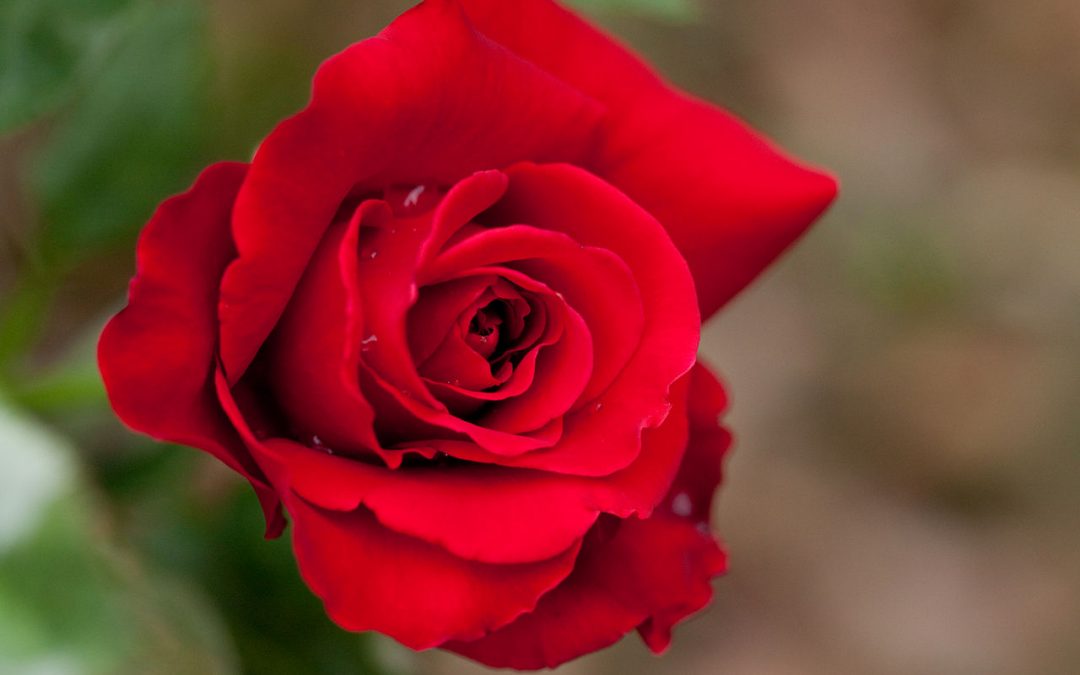Words to consider: “Those whose roses did poorly last season need to remember failure is not permanent and for those whose roses did well, success is not permanent either.” Pop Warner
SOIL With the above quote from one of the all time greatest rosarians this is an optimal time to obtain a soil test from your beds. This can be obtained thru the county extension service for a nominal fee and a commercial service in Claremore called “RED EARTH” offers a cheap basic test. Making adjustments at this time will payoff with big rewards later this spring. You will typically see low nitrogen levels as a result of the heavy feeding roses from last year indicative of what you will need later as to fertilizer type to use. The main issue at this time is pH as it take months to correct if off. Desirable range is 6 to 7 with ideal in the low 6 ranges. To correct ph for values over 7 use soil sulfur scratched in around the drip-line at a rate of 2-4 lbs per 100 square feet. For acid ph with values less than 6 do the same using lime. The ph then needs to be checked again in about 3 months and if still abnormal repeat the above procedures every 3-4 months until corrected. This is a very slow process and must be approached with caution in order to not overcorrect. If your soil has become compacted this is also a good time to loosen it up carefully staying clear of root structure using a tiller or just spading or raking. For heavy clay soils there is a technique for adding gypsum which is very useful-Ask CR if interested in this. There are many opinions about what is essential, what is useful and what is not in growing roses successfully but there are 5 principles that all successful rosarians unanimously agree on as listed next. Roses like rich soil with lots of organic matter Rose need plenty of water but good drainage Roses need adequate sunlight (minimum of 6-8 hrs of full sun –preferably morning sun Roses need protection against fungal diseases (this means regular spraying- It’s like telling your wife you love her –you must continue to do it regularly.) We have to decide how much of the rose we are willing to let the insects have. Using these ideas as guides we can improve our success growing good roses.
PLANTING NEW ROSES Bare Root When your roses arrive bare root you need to immediately hydrate them by soaking the roots in water (can immerse the canes as well without harm). It is also useful to give them a quick dip in a bucket of water with several tablespoons of Clorox to kill any lingering fungus or insects. If your beds are not fully ready for planting the roses can be potted up and kept in a protected area if weather is still freezing-e.g. garage. A handout gives details of the bare root planting procedure. It is critical in the planting that the initial watering be very thorough in order to eliminate any air pockets in the soil which can kill the roots. Be sure to label the rose and it should be staked and tied in some way to prevent damage to newly developing roots.
Container roses When purchased roses arrive be certain to keep watered until planting time. Have your planting hole prepared in advance allowing space for growth of new roots into surrounding loose well amended soil-a 2 foot diameter x 2 foot


Recent Comments